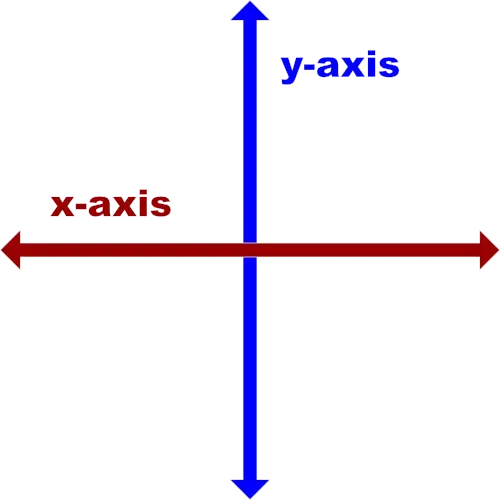CSS skew() Function – How to Slant Elements in CSS
skew() transforms an element by slanting (skewing) it two-dimensionally around a fixed point.
Syntax of the CSS skew() Function
Section titled “Syntax of the CSS skew() Function”skew() accepts two arguments. Here is the syntax:
element { transform: skew(aX, aY);}Note the following:
- The
aXargument specifies the element’s skewing angle along the x-axis. - The
aYargument specifies the element’s skewing angle along the y-axis. aXandaYcan be in degrees, gradians, radians, or turns.- An
angleargument consists of a number followed by the unit you wish to use—for instance,45deg. aYis an optional argument.

A two-dimensional Cartesian coordinate system showing the X- and Y-axis
Examples of the CSS skew() Function
Section titled “Examples of the CSS skew() Function”Below are some examples of how the CSS skew() function works.
How to skew an element along only the X-axis
Section titled “How to skew an element along only the X-axis”img { transform: skew(30deg); transform-origin: top; width: 80%;}<img src="https://cdn.pixabay.com/photo/2022/09/26/23/26/african-american-7481724_960_720.jpg" alt=""/>The snippet above used the skew() function to apply a thirty-degree (30⁰) slant on the image along only the x-axis.
How to skew an element along only the Y-axis
Section titled “How to skew an element along only the Y-axis”img { transform: skew(0, 40deg); transform-origin: top left; width: 80%;}<img src="https://cdn.pixabay.com/photo/2022/09/26/23/26/african-american-7481724_960_720.jpg" alt=""/>The snippet above used the skew() function to apply a forty-degree (40⁰) slant on the image along only the y-axis.
How to skew an element along the X- and Y-axis
Section titled “How to skew an element along the X- and Y-axis”img { transform: skew(30deg, 40deg); transform-origin: top left; width: 80%;}<img src="https://cdn.pixabay.com/photo/2022/09/26/23/26/african-american-7481724_960_720.jpg" alt=""/>The snippet above used the skew() function to apply a thirty-degree (30⁰) slant on the image along the x-axis. And forty-degree (40⁰) along the y-axis.